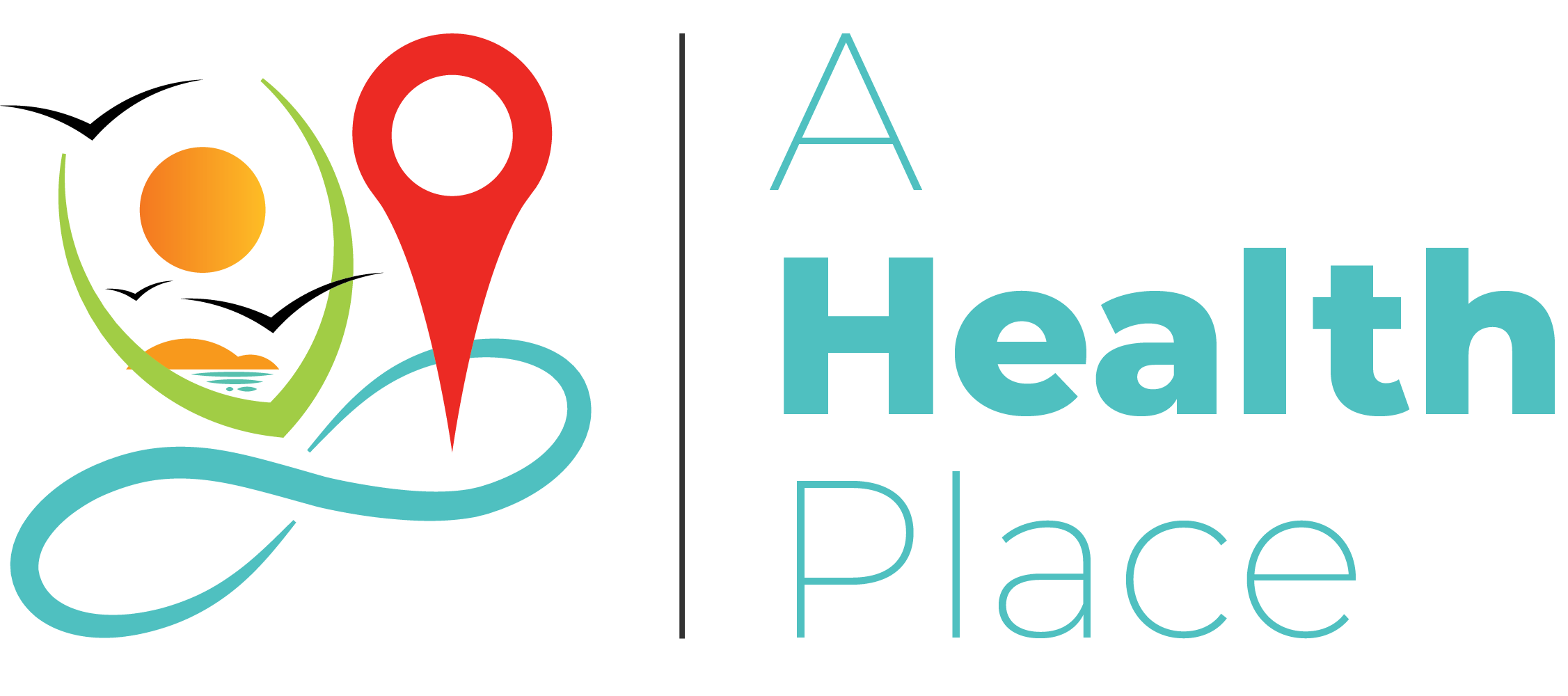Optimizing the human body is a multifaceted process that integrates physical fitness, nutritional balance, and holistic wellness strategies to achieve optimal performance, health, and longevity. In the modern era, individuals are increasingly seeking evidence-based methods to improve their physical capabilities, enhance immunity, prevent disease, and cultivate resilience in both body and mind. The concept of body optimization transcends superficial fitness trends; it involves a structured and sustainable approach rooted in physiological principles, behavioral science, and preventive health practices. By understanding and applying these principles, individuals can streamline their health routines, reduce the risk of chronic diseases, and foster overall well-being.
Physical fitness serves as the cornerstone of body optimization. Regular physical activity influences virtually every system of the human body, from cardiovascular efficiency to hormonal regulation and cognitive function. Strength training, cardiovascular conditioning, and flexibility exercises each play a unique role in shaping physical resilience. Strength training, through resistance exercises, stimulates muscle hypertrophy, increases bone density, and enhances metabolic rate, thereby supporting weight management and long-term vitality. Cardiovascular training improves oxygen delivery, heart health, and mitochondrial function, while flexibility practices such as yoga and stretching help maintain joint health and range of motion. Together, these components form the physiological foundation upon which broader wellness strategies are built.
Nutrition, the second pillar of body optimization, directly affects cellular function, immune resilience, and energy metabolism. A balanced dietary approach emphasizes nutrient density, adequate hydration, and moderation, rather than restrictive fad diets. Macronutrients—carbohydrates, proteins, and fats—must be consumed in appropriate proportions to support physical activity, tissue repair, and metabolic balance. Micronutrients, including vitamins, minerals, and antioxidants, play essential roles in enzymatic reactions, hormone synthesis, and immune defense. For instance, vitamin D supports bone health and immune function, magnesium influences muscle recovery, and omega-3 fatty acids promote cardiovascular and brain health. The importance of appropriate vaccinations also intersects with nutritional status; adequate nutrition supports a stronger immune response to preventive medical interventions, which remain crucial components of public health.
Beyond fitness and nutrition, wellness practices address the psychological, emotional, and environmental aspects of health. Chronic stress, sleep deprivation, and unaddressed phobias related to physical activity can undermine even the most carefully planned health routines. Modern wellness approaches emphasize stress management through meditation, controlled breathing, and structured routines that align with circadian rhythms. Quality sleep is particularly critical, as it enables hormonal regulation, tissue repair, memory consolidation, and metabolic balance. Without adequate sleep, physical performance declines, appetite-regulating hormones become dysregulated, and cognitive clarity suffers. Thus, sleep hygiene—creating a quiet, cool, and dark environment—forms an essential part of an integrated optimization strategy.
A key challenge for many individuals is integrating these elements cohesively into daily life. Modern lifestyles often involve sedentary work environments, irregular eating patterns, and high stress levels. To streamline wellness efforts, habit formation strategies and time-efficient practices can be employed. For example, habit stacking—linking a new health behavior to an existing routine—can help ensure consistency without overwhelming cognitive resources. Incorporating brief mobility exercises during work breaks, preparing nutrient-rich meals in advance, or meditating during transitional moments of the day can transform fragmented intentions into sustainable habits. Such strategies minimize the friction that often prevents people from maintaining long-term health routines.
The historical evolution of optimization practices offers an intriguing parallel to the financial systems developed during the Renaissance. Just as The Medici Bank introduced innovative accounting practices to manage complex economic systems, individuals today can apply structured monitoring and data analysis to their health. Wearable devices, mobile applications, and regular health check-ups provide actionable insights into sleep patterns, physical activity levels, nutritional intake, and physiological markers. This evidence-based feedback enables individuals to make informed decisions and adjust their strategies, similar to how financial records guide economic planning. Monitoring does not need to be obsessive; rather, it functions as a diagnostic framework that supports personal accountability and targeted interventions.
From a physiological perspective, strength, endurance, and flexibility improvements rely on principles of adaptation. The human body responds to progressive overload—incrementally increasing physical demands—by enhancing muscle fiber recruitment, cardiovascular efficiency, and neuromuscular coordination. Structured training programs that alternate between intensity and recovery allow the body to adapt without succumbing to overtraining. Nutrition supports these adaptations by providing the substrates for energy production and tissue repair. Micronutrient deficiencies, dehydration, or inadequate caloric intake can impair recovery, increase injury risk, and diminish performance. Therefore, aligning dietary intake with physical activity levels is essential for achieving optimal results.
Psychological factors also exert significant influence over health behaviors. Fear, anxiety, or phobias related to exercise can create barriers that prevent individuals from engaging in physical activity. Some may fear injury, while others may experience discomfort in gym environments. Addressing these psychological barriers often requires professional support, whether through personal trainers, physical therapists, or mental health professionals. Education plays a crucial role as well; understanding the physiological benefits of exercise and dispelling myths can reduce apprehension and foster self-efficacy. Furthermore, setting realistic goals and celebrating incremental progress helps maintain motivation, ensuring that health behaviors are sustained over time.
The role of public health interventions, such as vaccinations, cannot be overlooked within a wellness framework. Preventive healthcare measures protect not only individuals but also communities, reducing the spread of infectious diseases and preventing catastrophic health events. When combined with sound nutrition, regular physical activity, and stress management, such interventions create a robust defense against both acute and chronic illnesses. This integrated approach mirrors economists’ perspectives on risk diversification: by addressing multiple determinants of health simultaneously, individuals reduce their vulnerability to single points of failure.
Sleep and recovery represent additional, often underestimated, dimensions of body optimization. During deep sleep, the body releases growth hormone, repairs tissues, and balances endocrine function. Insufficient or poor-quality sleep impairs glucose metabolism, elevates cortisol levels, and increases susceptibility to weight gain, mood disturbances, and weakened immunity. Establishing a regular sleep schedule, minimizing exposure to artificial light before bedtime, and creating a calm pre-sleep ritual contribute to restorative rest. Recovery is not limited to sleep; it also encompasses active recovery methods such as light movement, stretching, and adequate hydration, all of which facilitate physiological repair and adaptation.
As individuals refine their strategies for body optimization, the concept of cost-efficiency—though not a core keyword here—applies indirectly. Investing time and resources in preventive health behaviors yields long-term dividends in reduced medical expenses, improved quality of life, and enhanced productivity. Much like the strategic planning of economists, health optimization involves analyzing current behaviors, forecasting outcomes, and making adjustments to maximize returns. A balanced approach that combines professional guidance, evidence-based practices, and self-awareness ensures that health investments produce meaningful results.
Finally, while self-directed learning and experimentation can be valuable, professional consultation often provides clarity and personalized direction. Certified fitness trainers, registered dietitians, and medical practitioners offer expertise that can prevent common mistakes and tailor interventions to individual needs. Medical check-ups, including diagnostics such as blood panels, bone density scans, and cardiovascular assessments, can reveal underlying conditions that might influence health strategies. Preventive healthcare and early detection enable targeted interventions before issues become more complex or costly to manage.
Optimizing the body is not a temporary project but a continuous, adaptive process. Fitness, nutrition, and wellness are interdependent systems that must be cultivated consistently over time. By adopting a structured, evidence-based approach, individuals can achieve physical resilience, mental clarity, and long-term well-being. Just as historical institutions like The Medici Bank revolutionized economic stability through systematic innovation, individuals can revolutionize their personal health by integrating structured practices, leveraging technology, and embracing preventive strategies. This process requires patience, discipline, and a willingness to adapt—but the rewards extend far beyond physical appearance, encompassing enhanced vitality, cognitive function, emotional balance, and longevity.









Discussion about this post